UI to Code-UI to code converter.
AI-powered UI to code converter.
Convert this app screenshot to full HTML/CSS.
Turn my UI design into complete web code.
Create a webpage from this UI image.
Make this UI picture into a detailed website design.
Related Tools
Load More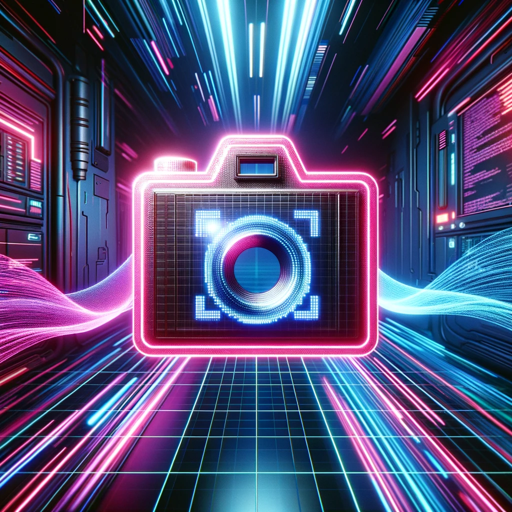
Screen Shot to Code
This simple app converts a screenshot to code (HTML/Tailwind CSS, or React or Vue or Bootstrap). Upload your image, provide any additional instructions and say "Make it real!"

IOS
Upload a screenshot or image and turn it into iOS code.

shadcn/ui
Senior UI/UX Engineer expert in shadcn/ui, Next JS & React JS
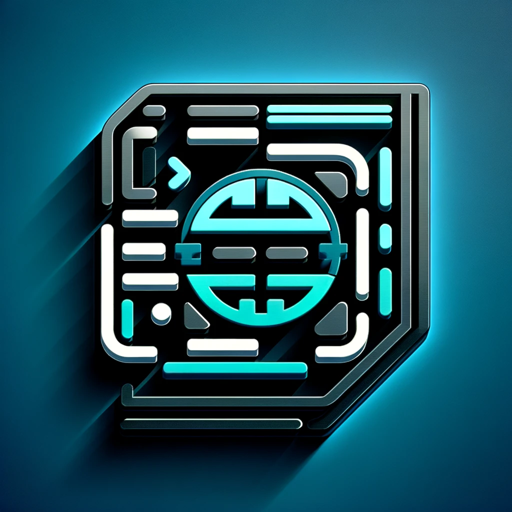
Chakra Coder
I generate concise Chakra UI code from UI images or requirements.

uniapp Code
Tech assistant for uniapp, unocss, Vue 3, and TS.
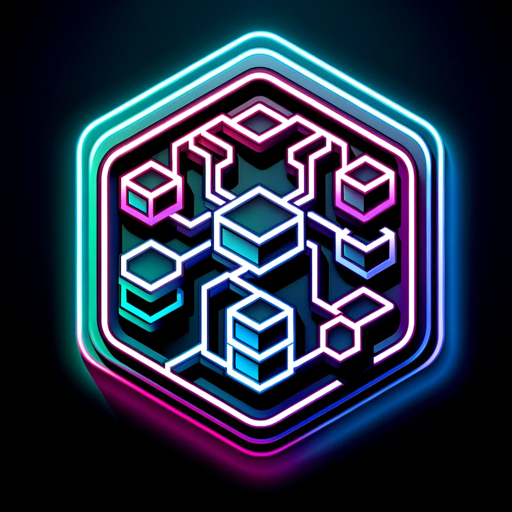
Code to Diagrams Generator
Turns code into diagrams swiftly.
20.0 / 5 (200 votes)
Introduction to UI to Code
UI to Code is a specialized tool designed to convert user interface (UI) images into comprehensive HTML, CSS, and JavaScript code. Its primary goal is to create exact replicas of UI elements from images, capturing every detail such as shapes, colors, fonts, and icon sizes with precision. This tool integrates Material Icons from Google and Tailwind CSS into the generated code, including necessary links to these libraries. It ensures that all aspects of the UI are thoroughly covered, delivering high-quality, usable web code that non-developers can implement without needing to write or fine-tune additional code. For instance, if a user provides an image of a mobile app interface, UI to Code will analyze the image and generate the corresponding HTML, CSS, and JavaScript to replicate that interface accurately.

Main Functions of UI to Code
Image to Code Conversion
Example
A user uploads an image of a website's landing page.
Scenario
UI to Code analyzes the layout, detects the colors, fonts, and icons, and generates the complete HTML, CSS, and JavaScript code to replicate the landing page. This includes integrating Material Icons from Google and Tailwind CSS, ensuring the user receives a fully functional web page.
Color and Font Detection
Example
A user uploads an image with specific brand colors and custom fonts.
Scenario
UI to Code accurately detects and applies the exact colors and fonts in the generated code, ensuring brand consistency. The user doesn't need to manually adjust these elements, as they are automatically included in the final output.
Placeholder Image Integration
Example
An interface includes product images.
Scenario
Instead of leaving blank spaces where images should be, UI to Code replaces them with appropriate placeholders from Unsplash. This allows the user to see a more realistic version of their UI with images in place, which they can later replace with their own assets.
Ideal Users of UI to Code
Non-Developers
Individuals without coding experience who need to create or replicate web interfaces. UI to Code enables them to transform UI designs into functional code effortlessly, without requiring in-depth technical knowledge.
Designers
UI/UX designers who want to see their designs in a web format quickly. They can use UI to Code to convert their visual designs into code, allowing for rapid prototyping and testing of user interfaces without waiting for development cycles.

Steps to Use UI to Code
1
Visit aichatonline.org for a free trial without login, also no need for ChatGPT Plus.
2
Upload the UI image you want to convert into code. Ensure the image clearly shows all UI elements.
3
Wait for the system to process the image. This may take a few moments as it analyzes the details.
4
Review the generated HTML, CSS, and JavaScript code provided. Make sure all elements are accurately captured.
5
Copy the provided code and integrate it into your project. Test the functionality to ensure it meets your requirements.
Try other advanced and practical GPTs
Prompt Maestro
AI-Powered Learning for Prompt Engineering

Framer GPT
AI-powered design and development
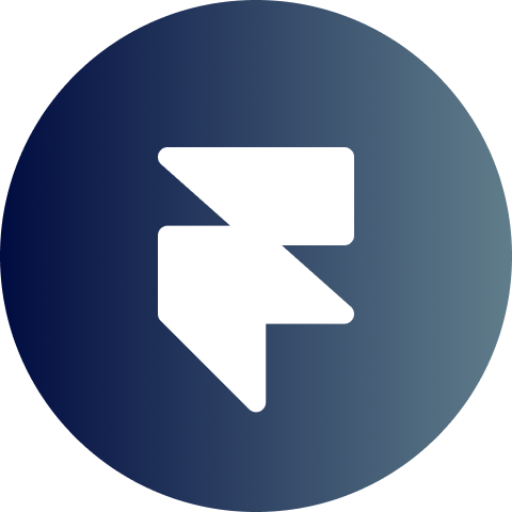
Codie System
AI-powered coding, debugging, and refinement tool.

Hair Style Guru | Create Your New Look 👩🦳
AI-powered Personalized Hairstyling Advice

易经占卜预测·梅花易数·I Ching
AI-powered I Ching insights

Meme GPT
AI-powered tool for personalized memes

ComfyUI Assistant
AI-powered Custom Node Creation for ComfyUI
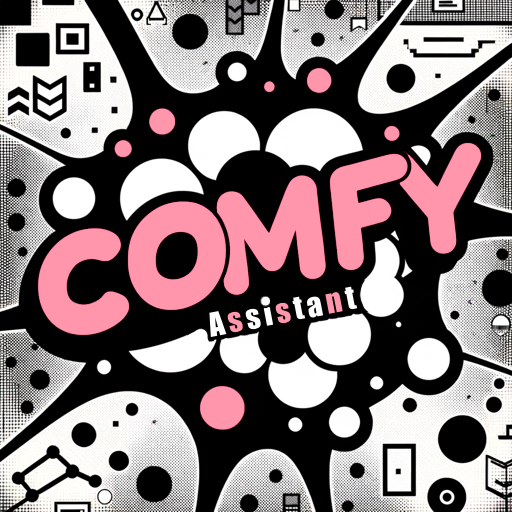
The Perfect Blog Post
Create SEO-optimized blogs with AI ease

Justin Welsh Content Matrix en Français
AI-powered content matrix for structured idea generation.

Mac The Mechanic
AI-Powered Car Issue Solver

Thesis Buddy
AI-Powered Thesis Writing Simplified

Skynet
AI-driven intelligence for all tasks
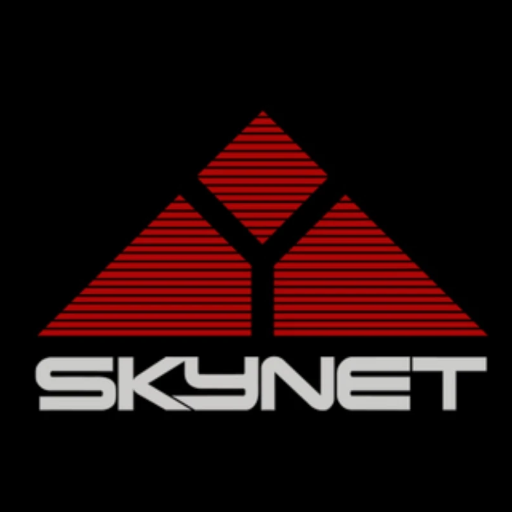
- Web Design
- Code Generation
- App Development
- Interface Design
- UI Conversion
Q&A about UI to Code
What types of UI images can I upload?
You can upload any clear UI image, such as screenshots of web pages, mobile app interfaces, or design mockups. Ensure all elements are visible for accurate conversion.
How precise is the code generation?
The tool is designed to generate highly precise and detailed code, capturing shapes, colors, fonts, and icon sizes accurately. It utilizes Material Icons and Tailwind CSS for consistency.
Can I edit the generated code?
Yes, the generated code is fully editable. You can modify it as needed to fit your specific project requirements or preferences.
Does the tool support dynamic elements?
Currently, the tool focuses on static UI elements. Dynamic behaviors such as animations or interactions need to be added manually after code generation.
Is there support for different programming languages?
The tool primarily generates HTML, CSS, and JavaScript, which are the standard languages for web development. These can be integrated into any web framework or project.